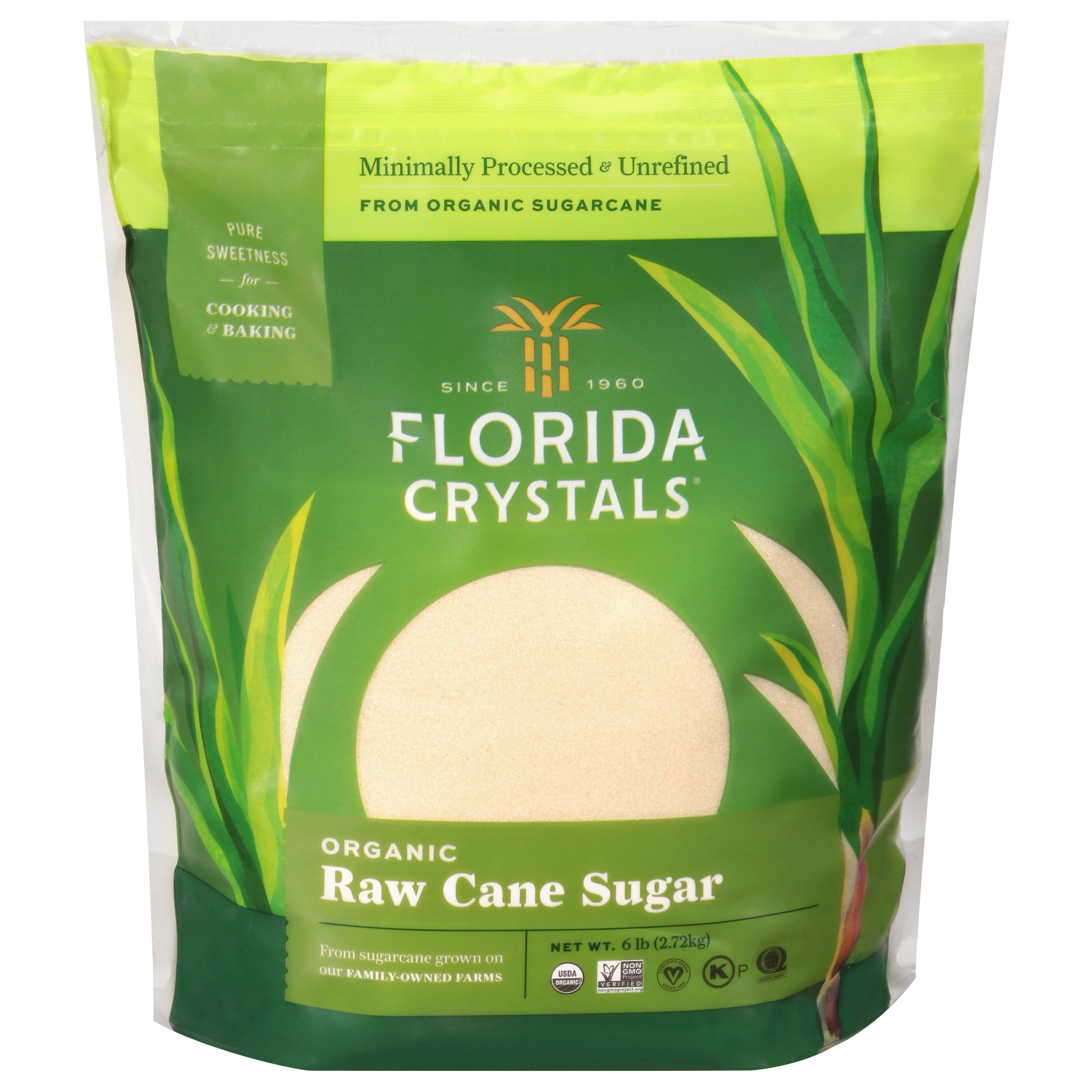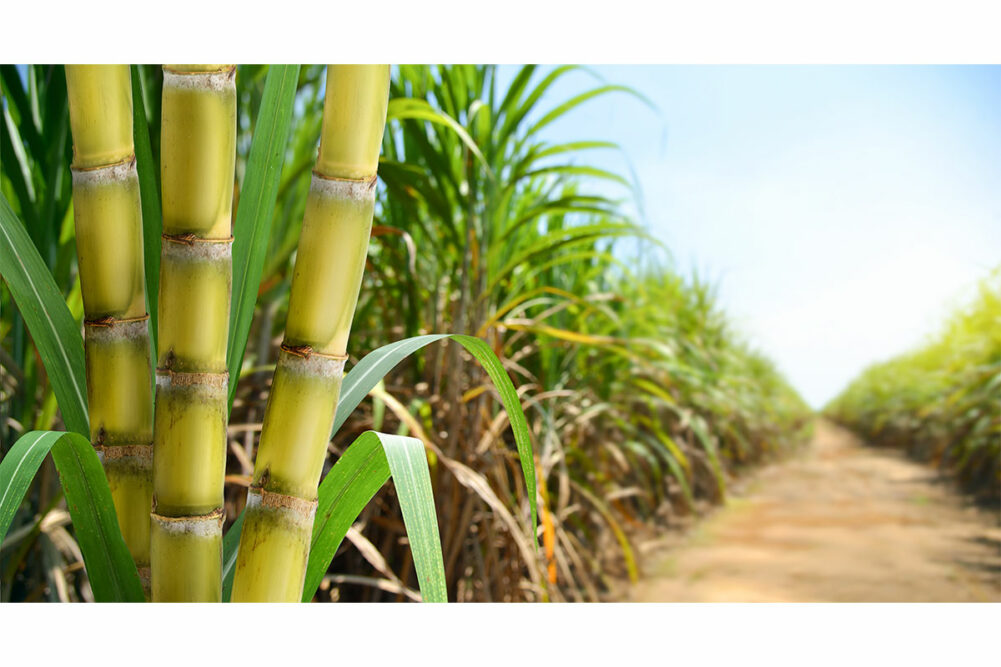Reliable Cane Sugar Processing: Making The Most Of Yield and Purity
Reliable Cane Sugar Processing: Making The Most Of Yield and Purity
Blog Article
An In-Depth Guide to the Ecological Influence and Sustainability Practices in Cane Sugar Processing
The ecological effect of cane sugar handling offers a complicated array of obstacles that warrant mindful evaluation. From soil destruction and too much water use to the carbon footprint linked with growing and production, the effects of conventional practices are far-ranging. What particular practices can be applied to strike a balance in between efficiency and ecological stewardship?
Introduction of Cane Sugar Handling
Cane sugar processing involves a series of organized steps that change sugarcane into refined sugar. Originally, gathered sugarcane is transferred to refining facilities, where it undertakes cleaning to get rid of soil and debris. Following this, the walking cane is crushed to remove juice, which is then cleared up by getting rid of impurities with home heating and the addition of lime.
The cleared up juice undergoes evaporation, where water is gotten rid of to concentrate the sugar material. This focused syrup is then crystallized via air conditioning, allowing sugar crystals to develop. These crystals are divided from the remaining syrup utilizing centrifugation, causing raw sugar. To achieve refined sugar, the raw product undertakes further purification procedures, which might consist of filtering system and cleaning to remove staying pollutants and shade.
The end product is then dried and packaged for distribution. Throughout this entire process, maintaining efficiency and high quality control is crucial to ensure the sugar meets industry standards. Each action in cane sugar processing not just adds to the last item however likewise has ramifications for resource use and waste generation, setting the stage for conversations on sustainability and ecological influences related to sugar production.
Environmental Challenges of Production
The manufacturing of walking cane sugar provides a number of considerable environmental challenges that warrant attention. One key problem is the considerable use agrochemicals, including fertilizers and chemicals, which can lead to dirt destruction, biodiversity loss, and contamination of regional water sources. The drainage from sugarcane areas typically carries these chemicals right into close-by environments, interrupting aquatic life and influencing the health and wellness of communities reliant on these water bodies.
An additional difficulty is the high energy intake connected with sugarcane processing. The boiling and refining phases require significant warm, primarily created by shedding nonrenewable fuel sources, adding to greenhouse gas emissions. In addition, the extensive land location required for sugarcane farming can cause deforestation and environment destruction, additional exacerbating environment change and harmful wildlife.
Additionally, the labor practices in some areas raise honest concerns, as workers might face inadequate working conditions and insufficient incomes. This circumstance often continues a cycle of destitution in local neighborhoods. Cane Sugar Processing. Addressing these environmental obstacles is essential for creating more sustainable methods in walking cane sugar production, eventually profiting both the environment and the neighborhoods associated with this sector
Water and Land Use Effect
Water sources and land application are crucial elements in the walking cane sugar industry that considerably influence the setting. The cultivation of sugarcane requires considerable water input, with quotes recommending that it can eat up to 2,000 liters of water per kilogram of sugar created. This extensive usage of water usually article leads to depletion of regional water resources, affecting not only the sugarcane vineyards however also surrounding ecosystems and neighborhoods that rely on the exact same water sources for agriculture and domestic usage.

Additionally, land use for sugarcane growing can lead to logging and the conversion of all-natural habitats right into monoculture plantations. This method lessens biodiversity, disrupts regional ecosystems, and adds to soil degradation. The growth of sugarcane fields often intrudes on important farming land, developing competition for resources in between food and biofuel production.
Sustainable methods, such as maximizing watering techniques and carrying out plant turning, are necessary to alleviate these influences. By adopting a lot more reliable water usage and land management techniques, the walking stick sugar sector can lower its ecological footprint, guaranteeing a balance between farming productivity and environmental preservation.
Greenhouse Gas Emissions
Greenhouse gas emissions represent a significant environmental issue within the walking stick sugar processing market, especially as agricultural methods increase to fulfill international need. The farming of sugarcane, a plant that prospers in exotic environments, depends heavily on synthetic fertilizers and chemicals, which add to nitrous oxide emissions. Additionally, land-use changes, consisting of logging for new sugarcane ranches, release carbon dioxide saved in plant life and dirt.
During handling, power consumption is an additional significant source of greenhouse gas exhausts - Cane Sugar Processing. Lots of sugar mills use fossil fuels to power equipment and produce warm, resulting in substantial carbon impacts. Furthermore, the transport of raw sugarcane and completed items adds layers of emissions with fuel burning in cars
The cumulative result of these try here discharges exacerbates environment change, presenting risks not just to the environment yet also to the lasting practicality of the sector. Stakeholders should identify the urgent demand for extensive approaches that deal with these exhausts. This involves examining current agricultural techniques, processing techniques, and transport systems to determine locations for improvement and mitigation. Resolving greenhouse gas emissions is necessary for fostering a much more lasting cane sugar industry in an altering environment.

Lasting Practices and Innovations
Sustainable techniques and advancements are increasingly essential in the cane sugar processing market as stakeholders seek to minimize environmental influences while preserving performance. One considerable innovation is the application of incorporated crop administration, which optimizes resource usage by incorporating dirt administration, parasite control, and plant rotation strategies. This method boosts yield while lessening chemical inputs and preserving soil wellness.
Furthermore, the fostering of renewable resource resources, such as biomass from sugarcane deposits, has gotten grip - Cane Sugar Processing. By converting waste products into power, refining facilities can decrease their dependence on nonrenewable fuel sources, consequently decreasing greenhouse gas emissions
Water management methods have actually additionally seen improvements through the recycling and reusing of water in processing plants, dramatically reducing freshwater consumption. Developments in innovation, such as accuracy farming, enable farmers to monitor crop health and wellness and source use a lot more properly, ensuring sustainable cultivation practices.
Additionally, accreditation programs like Fair Trade and Jungle Alliance motivate ecologically accountable farming methods and advertise social equity within the supply chain. By accepting these sustainable methods and developments, the walking stick sugar processing industry can enhance its resilience and contribute favorably to ecological stewardship.
Verdict
The environmental influence of walking stick sugar processing presents considerable obstacles, consisting of dirt deterioration, high water usage, and greenhouse gas emissions, alongside ethical problems associated with labor methods. Attending to these problems through lasting techniques, such as integrated crop monitoring, renewable resource adoption, and water recycling, is essential. By advertising socially fair and ecologically responsible approaches in sugar production, the industry can minimize its negative effects, making certain a much more sustainable future for both ecological communities and areas included in this industry.
Walking cane sugar processing entails a series of systematic actions that transform sugarcane right into polished sugar. Each action in cane sugar handling not only adds to the final product but likewise has implications for resource usage and waste generation, setting the wikipedia reference phase for discussions on sustainability and ecological impacts connected with sugar manufacturing.
Greenhouse gas discharges stand for a significant ecological concern within the walking stick sugar handling industry, specifically as agricultural methods increase to meet worldwide need.Sustainable methods and technologies are progressively essential in the cane sugar processing sector as stakeholders look for to decrease ecological influences while maintaining efficiency.The ecological influence of cane sugar processing provides substantial difficulties, consisting of dirt destruction, high water consumption, and greenhouse gas discharges, together with moral problems related to labor methods.
Report this page